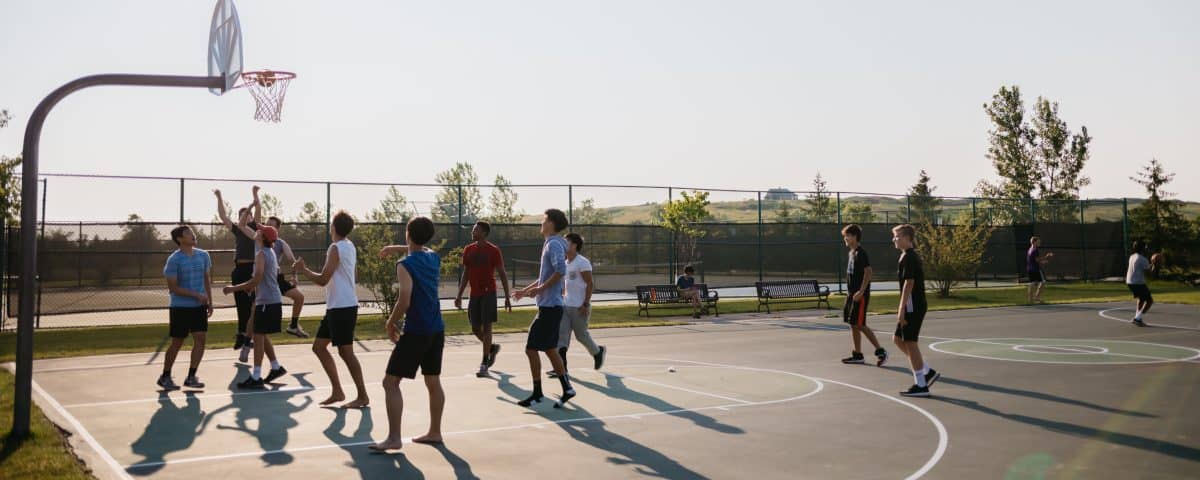
How Can Using a Standing Desk Affect Your Productivity?
July 3, 2019
University Students and the Active Couch Potato Lifestyle
July 17, 2019A number of studies have identified socioeconomic status (SES) as being positively related to physical activity and negatively related to sedentary behaviour levels. Though this indicator correlates with physical activity and sedentary behaviour in adults– its link to child and adolescent movement behaviours is less clear; studies exploring the link between SES and youth physical activity have found positive, negative and null results.
SES is generally proportional to parental education and income and is indicative of social status. Interestingly, one’s perceived or subjective social status (SSS) – an individual’s perception of their place in the SES hierarchy – may be more important than SES itself. In terms of adolescents, SSS has two dimensions: perception of one’s familial placement within society (what traditionally comes to mind for SES), and perception of one’s social status within their school.
A Finnish study published in the Journal of Sport Sciences sought to tease apart the different dimensions of SSS by exploring their link with adolescent movement behaviours. They analyzed demographics, anthropometrics and movement behaviours (using accelerometer data) from 420 seventh grade students from a larger study and related these variables to SSS (measured through the youth version of the Subjective Social Status Scale).
They found that adolescents’ perceptions of SSS in school but not in society were positively related to objectively measured whole-day moderate-to-vigorous physical activity. In other words, where adults’ movement behaviours relate to their societal SES ranking, adolescents’ movement behaviours relate to their school popularity ranking. These findings add to a growing body of research demonstrating that school SSS positively relates to adolescent healthy living and behaviours.
These findings also demonstrate “the significance of peers and social school context for adolescents’ health behaviour or well-being.” This research has important implications for youth health care – suggesting the potential to use peer relations and school SSS in the promotion of adolescent physical activity.
School functions as an equalizer for children – offering equal opportunities academically and athletically, regardless of familial financial status. The results of this study further illustrate the importance of school in this role and the need to continue to offer equal opportunities and activities for all students to participate in.
More research is still needed to fully understand the different effects of school and societal SSS but this is a step in the right direction.

About the author: Katie MacAskill is a summer student at the Children’s Hospital of Eastern Ontario (CHEO) with the Healthy Active Living and Obesity research group (HALO). She will be entering her fourth year of Honours Kinesiology at McMaster University in fall 2019, where she is also a member of the varsity swimming team.




